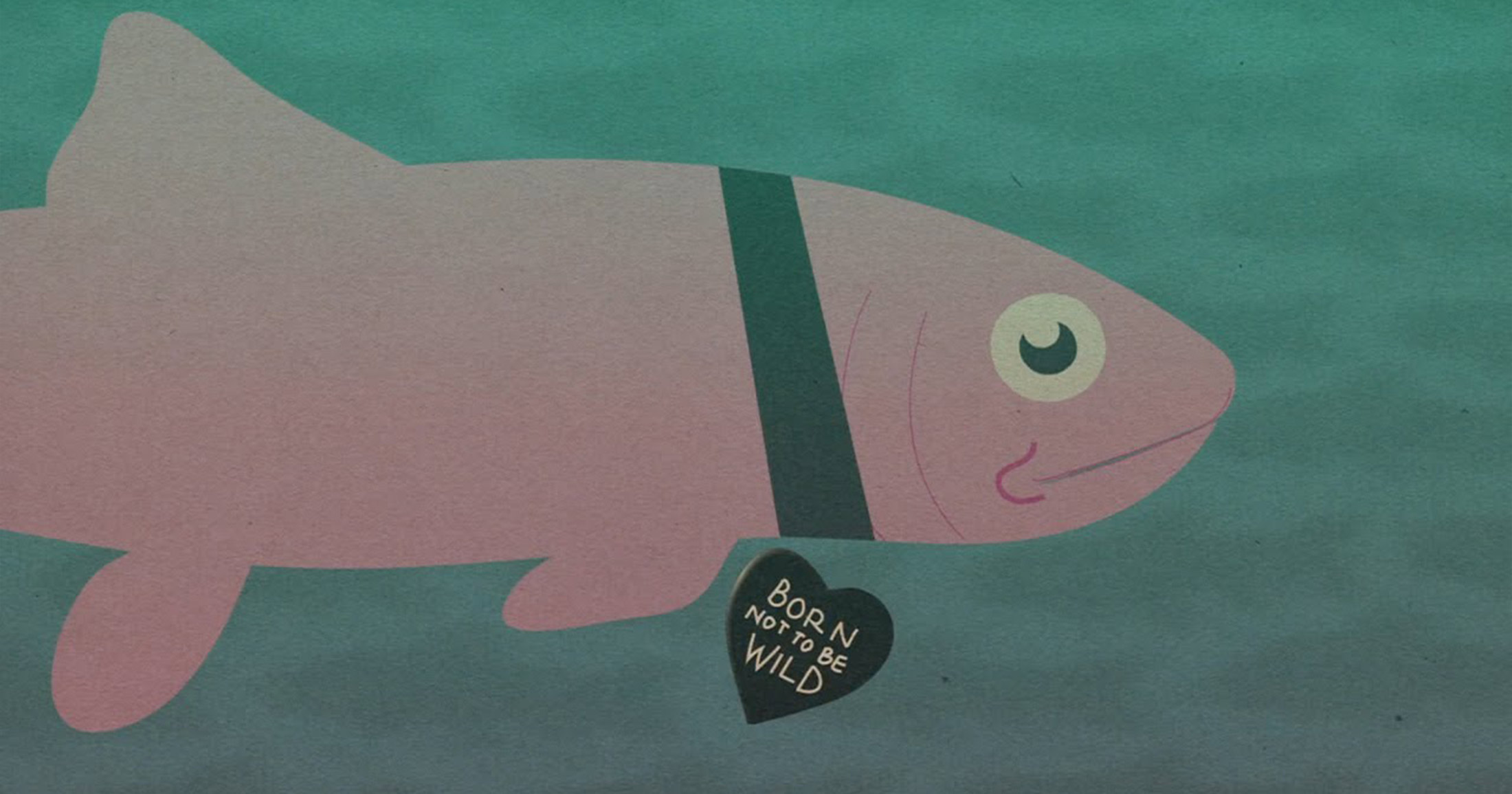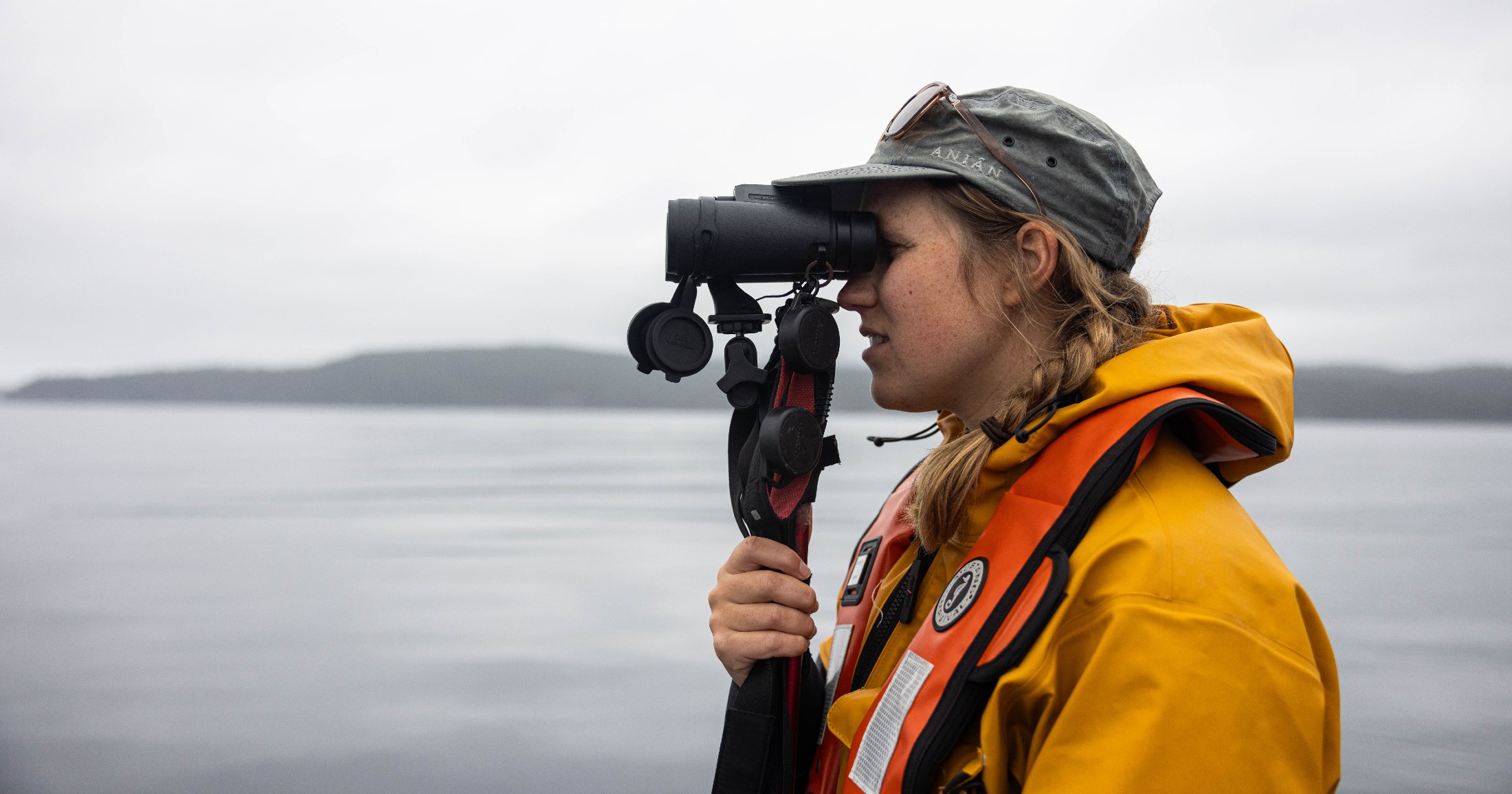Inaccuracies used to criticize editorial
February 20, 2009
Courier Islander
Mike Price and Craig Orr
In response to Kelly Osborn’s recent critique of Neil Cameron’s original editorial (Courier- Islander, Feb. 6, Revealing Report), several selectively reported and simply inaccurate statements deserve comment.
– Yes, low natural levels of sea lice are found on wild fish, but not year-round or on all sizes of wild juveniles. Juveniles naturally begin their early marine phase free of lice. Peer-reviewed science shows that salmon farms introduce lice to juveniles sooner in their development and in much greater numbers than they can successfully handle.
– Yes, sea lice are initially passed from wild adults to farmed salmon. So what? The farms then magnify lice numbers and contribute billions of infectious larvae to wild juvenile fish, often in lethal doses.
– While juvenile salmon above 0.7 grams may be more “resistant” to harm from sea lice in lab experiments, juvenile salmon often weigh less than this when they pass salmon farms and are infected with lice; moreover, much larger juvenile salmon (10-15 grams or more) are harmed by lice in European and Eastern Canadian farming areas, calling into question the so-called resistance of BC’s especially small salmon.
– Osborn’s statement that new peer-reviewed research disagrees with a commonly repeated myth that one sea louse will cause death to a small juvenile salmon is simply inaccurate; no peer-reviewed research exists to dispute this.
– For reader clarity, the only scientifically-credible way to refute the peer reviewed study by Krkosek et al. (2006) that estimated high wild juvenile mortality (9-95%) as a result of sea lice from salmon farms is to publish a rebuttal in the journal of its origin; this has not been done. Osborn may wish the results to be wrong, but wishing and proving are not the same.
– Yes, sea lice on both wild and farmed salmon within the Broughton Archipelago has been declining each year since 2004, but we simply do not know the ultimate effect that tonnes of biocide released into the marine environment to reduce lice levels is having on the marine community or wild juveniles themselves. We also do not know if these levels are below the “threshold” needed to reverse the recent declines of wild salmon. We do know that returns of Broughton-area pink salmon in 2008 were the lowest ever recorded.
– Yes, closed containment may not be the perfect solution as it may bite into industry’s profits, won’t solve the need for global fish-meal and fish-oil, and will likely contribute to global warming. However, it would alleviate the immediate pressure on wild salmon stocks throughout BC’s coast.
Most of all, Osborn and her salmon farming colleagues should be thankful the PSF failed to make one key recommendation: the closing of farms as a simple measure to reduce impacts to wild salmon stocks.
Michael Price
Conservation biologist; Raincoast Conservation Foundation
Craig Orr
Executive director; Watershed Watch Salmon Society
Support our mobile lab, Tracker!
Our new mobile lab will enable the Healthy Waters Program to deliver capacity, learning, and training to watershed-based communities. We need your support to convert the vehicle and equip it with lab instrumentation. This will allow us to deliver insight into pollutants of concern in local watersheds, and contribute to solution-oriented practices that protect and restore fish habitat.









